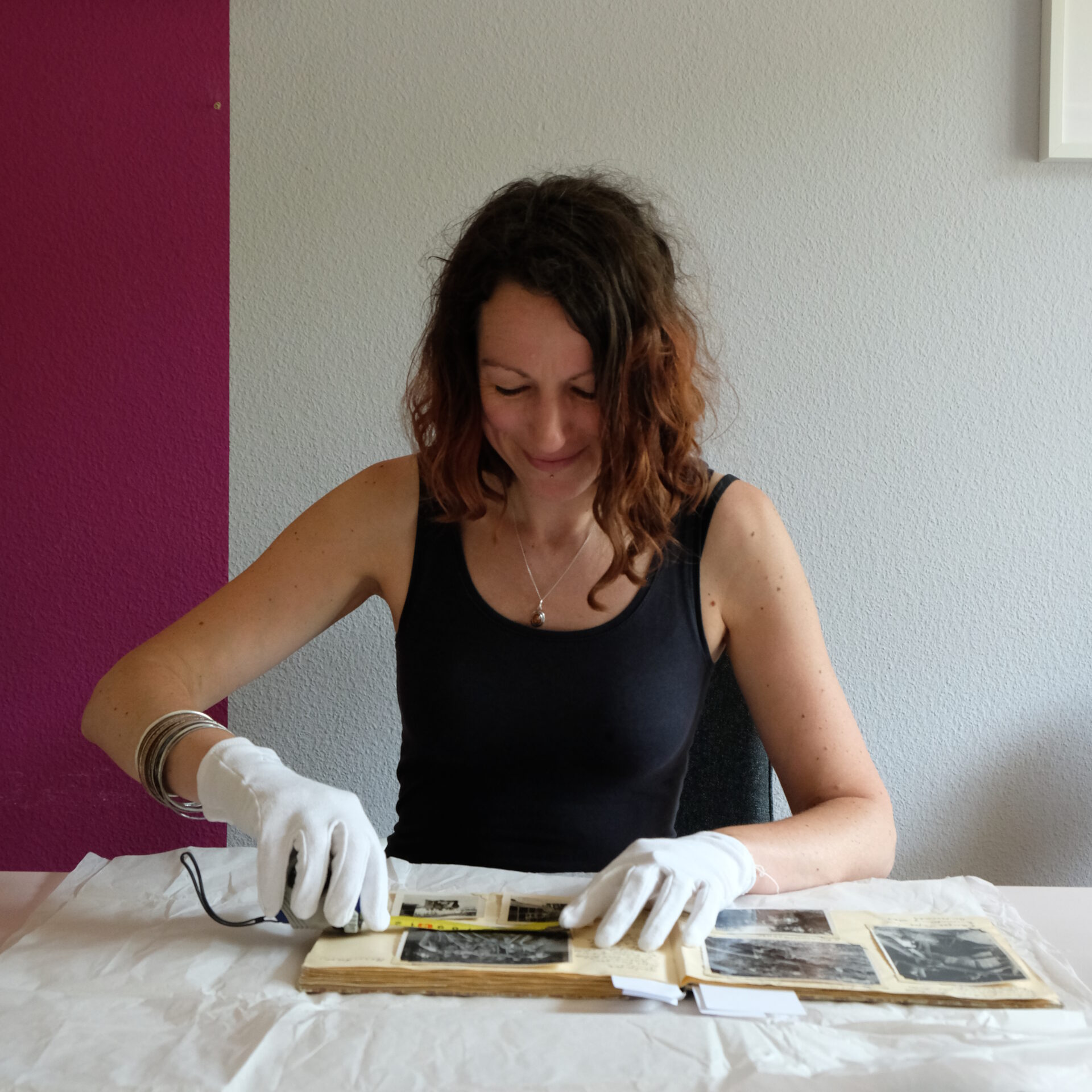5 Refugees in front of the "Emigrantenheim" in Diepoldsau, 1938
Leon Sternbach in Arosa, 1939
The kitchen crew of the Bad Schauenburg labor camp, 1942
Refugees excavating clay in Bad Schauenburg labor camp, August 1941
«Refugees were forced to do hard, physical labour»
Barbara Häne sheds light on a photo album from wartime Switzerland
Among the objects in the Jewish Museum’s collection is a photo album from wartime Switzerland (JMS 930). Barbara Häne, a Swiss historian specializing in refugees of World War II, researched the photos as part of the project «JMS goes digital» (2022). The museum director, Naomi Lubrich, asked her what she learned.
Naomi Lubrich: Barbara, tell us about the photo album JMS 930. Whom did it belong to?
Barbara Häne: The album belonged to Leo Sternbach, a refugee who had fled Vienna in November 1938 to Diepoldsau in St.Gallen, and was subsequently interned in numerous labor camps across Switzerland. The photos show the everyday life of the refugees in the camps. They show them building roads and toiling in the kitchen, but we also see how they spent their free time, even playing soccer (UK: football). This photo album is an important testimony to the lives of Jewish refugees.
NL: You use the word «refugees» (German: Flüchtlinge), not «emigrants» (German: Emigranten). What’s the difference?
BH: Until the 1940s, Jewish refugees in Switzerland were referred to as «emigrants.» The term implied that they were undesirable foreigners, as opposed to people persecuted for political reasons. As «emigrants,» they were given only a short-term residence permit, and the condition was that they continue their journey abroad as soon as possible. The requirements were severe: The refugees had to pay a deposit or provide some other guarantee that they had independent means. And they had to show evidence that they had concrete plans continue their journey to a third country. As «emigrants» their residence permit was only temporary. But in reality, most of the refugees had had to flee hastily from Nazi persecution and without concrete plans of travelling on. I therefore prefer the term «refugee.»
NL: Leo Sternbach was interned in various labour camps in Switzerland. Why?
BH: Refugees were rarely granted work permits in Switzerland, so most could not find employment. Instead, they were interned in camps and forced to work on government infrastructure projects, primarily road construction. Switzerland depended on refugees for cheap and hard labour, because at the time, the young Swiss men were doing military service. This was the time of the so-called «general mobilization.» The work was physically taxing, and the accommodations were extremely modest, as you can see in the photos, whether in the camp in Diepoldsau, St.Gallen, Bad Schauenburg, Baselland or in the labor camp Zweidlen-Weiach near Zurich. Leo Sternbach was interned in each one. He was lucky: He had been assigned to work with the kitchen crew, which was less strenuous than many of the other tasks. Refugees received a compensation, but it was meager. And they were not allowed to use it as they wished. It was deposited in a blocked account and was only allowed to be used to emigrate to a new country.
NL: Do you know anything about Leo Sternbach’s life after he left the labour camps?
BH: Yes, the album continues after the war ended. We see that Leo Sternbach kept in touch with his fellow inmates from the labour camps. They became friends. The photos also show that many Jewish refugees had to leave Switzerland after the war and find a new country to live in. What surprised me, is that many photos from the labour camps are cheerful. Besides the hard work, they show happy times, friends at the swimming pool. I personally was interested in the photos showing the refugees celebrating Jewish holidays in the labour camps, for example Rosh ha-Shanah in Diepoldsau or Sukkot and Chanukkah in Bad Schauenburg.
NL: Very interesting! Barbara, thank you very much for telling us about this chapter of Swiss history.
verfasst am 22.06.2023







